NGAD Future Air Combat Program Test Unit Stands Up
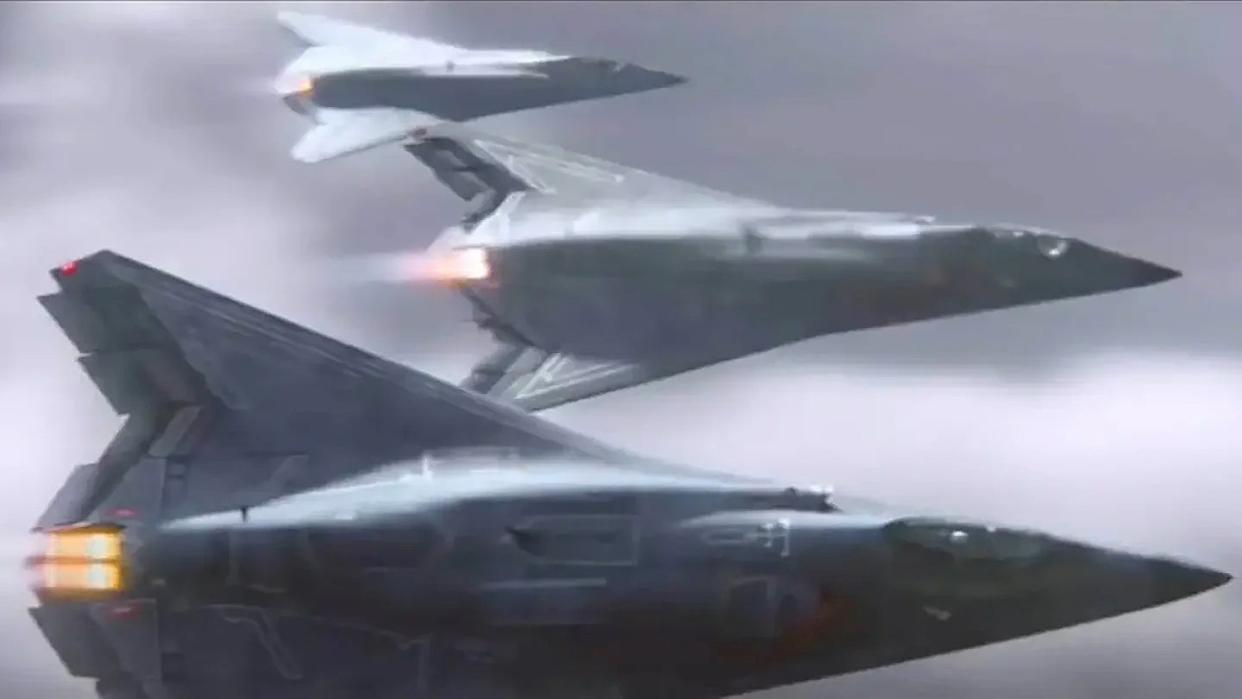
The U.S. Air Force’s effort to introduce a new, stealth sixth-generation crewed tactical jet has taken an important step forward with the establishment of a flight test unit for the Next Generation Air Dominance, or NGAD program. Edwards Air Force Base in California is home to the newly created Air Dominance Combined Test Force (CTF), which will be responsible for flight testing the new fighter and related systems as well as continued trials of the F-22 Raptor stealth fighter — a platform that NGAD is planned to replace and which is meanwhile contributing to the NGAD development program.
On June 30, the Air Force announced that, during a change of command ceremony on June 9, the F-22 Raptor Combined Test Force formally transitioned into the Air Dominance Combined Test Force. According to the service, this “will be tasked with flight testing the Next Generation Air Dominance (NGAD) family of systems.”
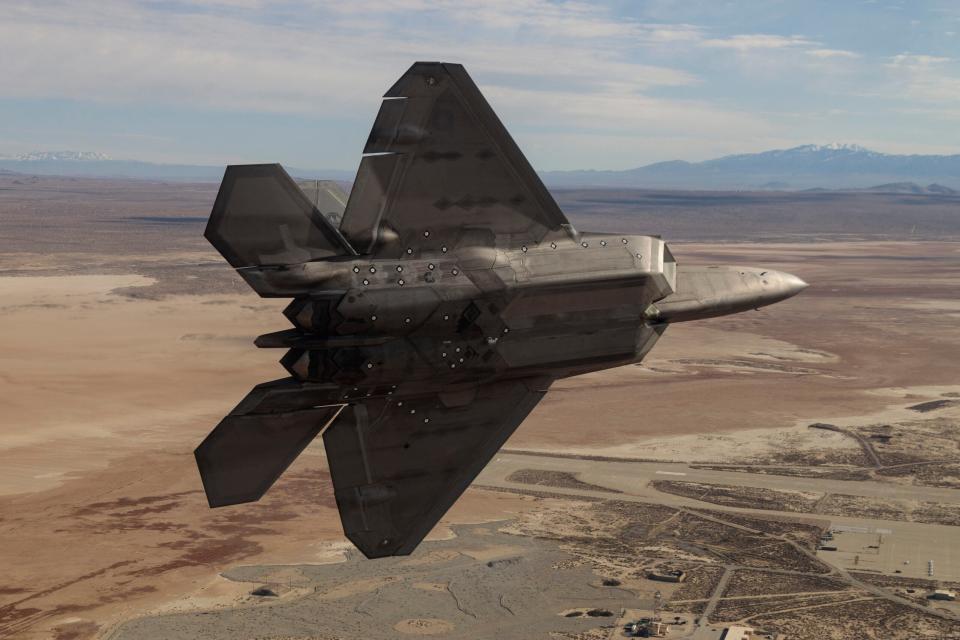
This statement makes it clear that as well as the crewed sixth-generation combat jet that will be at the centerpiece of NGAD, the new unit will run integrated test campaigns to prove different elements within what is a much broader “family of systems” initiative. After all, NGAD also includes efforts focused on the development of advanced drones with high degrees of autonomy, as well as new jet engines, weapons, electronic warfare suites, sensors, networking ecosystems, battle management capabilities, and more.
The Air Dominance CTF is part of the 411th Flight Test Squadron at Edwards. The change of command saw Lt. Col. Michael Coleman take over from Lt. Col. David Schmitt which is seen in the video embedded below.
https://www.youtube.com/watch?v=kF3g2XY8vG8
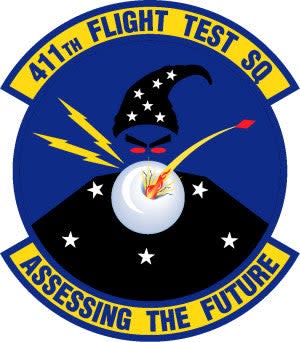
“The establishment of the Air Dominance CTF shows that we are becoming more integrated and more lethal, while also shaping the future of air combat,” Coleman said, in an Air Force statement. “We do not fight as individual platforms, but rather we leverage a system of systems approach across the entire kill chain. We will be an integral part of fielding a family of innovative platforms and systems through NGAD that will enable the Air Force to control the skies in a highly contested environment,” he added.

“In April, we celebrated 70 years of having zero combat loses due to an aerial attack,” Coleman continued in reference to the fact that no U.S. soldier has been killed by hostile air action since the Korean War. “This CTF is laser-focused on ensuring that legacy continues,” he said.
Few other details of the Air Dominance CTF were announced, but the Air Force did confirm that the unit is comprised of representatives from the developmental test (DT) and operational test (OT) communities, as well as program offices, and support contractors.
Traditionally, the developmental test phase verifies that a given system’s design meets all technical specifications and that all contract requirements have been satisfied. Developmental testing is then followed by operational testing, in which the system (or systems) will be evaluated in an operationally representative environment doing operationally representative tasks. In doing so, procedures and tactics will be developed for its combat use.
According to the Air Force: “The convergence of DT and OT allows the CTF to test systems against contracted design, while simultaneously testing for real-world operational environments. This combined test environment allows capability delivery at the speed of relevance for the warfighter.”
This approach also reflects the Air Force’s ambition, in its own words, to “deliver rapid and innovative warfighting capabilities.”
However, it will be interesting to see how a combined DT/OT effort for NGAD avoids the pitfalls of the F-35 Joint Strike Fighter program, which has recently been criticized by the Air Force for “acquisition malpractice.” One part of this criticism relates to what is known as “concurrency.”
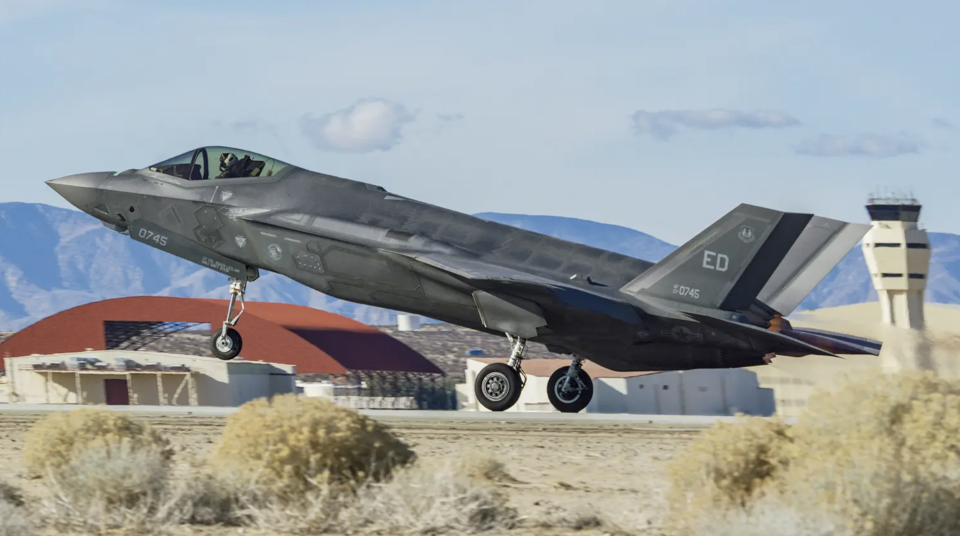
In the context of the F-35, this involved a combined development and production process. Although it was supposed to inject upgrades more quickly, while also speeding up production and bringing down costs, the opposite turned out to be the case. It seems reasonable to question whether apparently running developmental and operational tests concurrently could also bring its own pitfalls.
The Air Force is likely banking on its strategy of “leveraging open-architecture standards” to ensure that design changes and other upgrades can be seamlessly integrated into NGAD on a rolling basis. Prior experimental risk reduction efforts related to what would become NGAD go back to at least the mid 2010s, as well. In addition, at least one NGAD demonstrator has also been flying for years now, with as many as three reportedly active more recently.
As well as pushing the NGAD program forward toward becoming operational, the Air Dominance CTF will continue to enhance the capabilities of the in-service F-22 “to maintain lethality against immediate threats.” As well as its continued position as the Air Force’s ‘silver bullet’ fighter, the F-22 is already being used as a surrogate for various kinds of NGAD-related testing, as you can read about here.
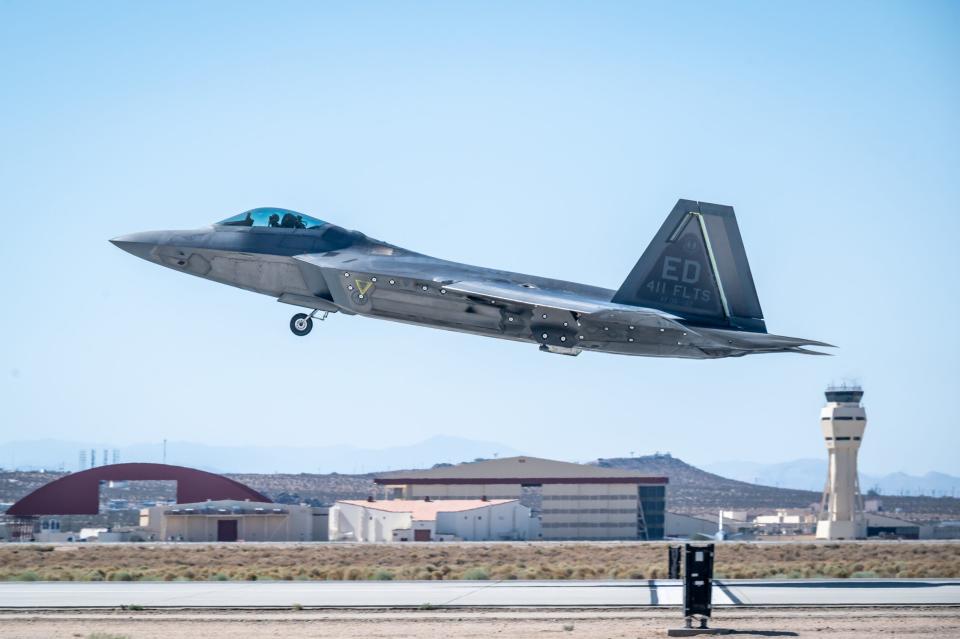
Setting up an NGAD-focused flight test unit at Edwards is the latest in a series of milestones that signal that the pace of work on the program is now accelerating, although it remains almost entirely under wraps. In contrast to previous competitive fighter combat aircraft programs, the Air Force has so far not released any details of prime contractors involved in NGAD, or potential teaming arrangements under which different companies may be working together on their proposals.
Any specifics on technical and programmatic details of NGAD are also classified.
What we do know is that the Air Force plans to make a final decision on the NGAD combat jet design sometime in 2024. A report recently emerged indicating that, in terms of the crewed combat jet, at least, the Air Force will pick from two prime contractors or teams of contractors. Citing unnamed “sources involved in the [NGAD] program,” the same report also noted the aforementioned point that there are now three NGAD demonstrators in existence, although exactly what they consist of and how they are being used has not been revealed.

This information suggests that, at one point, three prime contractors or teams — assumed to be Boeing, Lockheed Martin, and Northrop Grumman — had been involved in competing for NGAD. You can read our takes on these various revelations here.
Meanwhile, in May this year, the Air Force release a classified contract solicitation for the engineering, manufacturing, and development (EMD) phase of the NGAD program. Describing NGAD as “the future replacement of the F-22,” the release of this document formally launched the source-selection process, providing industry with the Air Force’s requirements for NGAD. You can read more about this here.
Clearly, the stakes are high in the NGAD program, especially as the combat aircraft component that is eventually selected may well be America’s last advanced high-performance crewed tactical aircraft.
As to how many examples of the NGAD combat jet may be acquired, this remains subject to change, although Secretary of the Air Force Frank Kendall has said that plans call for around 200 copies of the aircraft, each of which will likely cost “multiple hundreds of millions of dollars.” These jets are planned to operate alongside at least 1,000 Collaborative Combat Aircraft (CCA) drones, testing of which will presumably also be handled by the Air Dominance CTF.
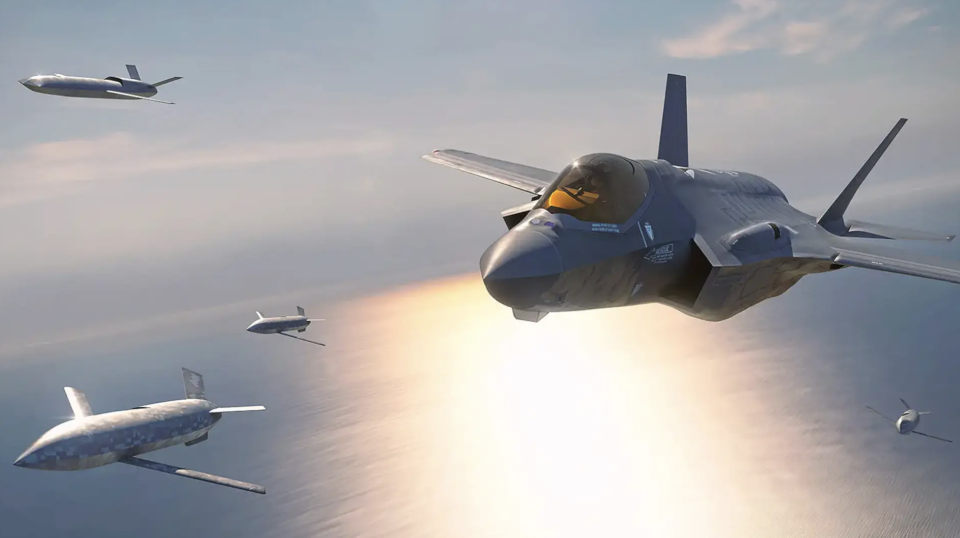
The CCA program, however, is just one effort related to fielding future uncrewed aircraft and there is also potential for the Air Force to order hundreds, or even thousands more drones of various other types to support the NGAD and broader air power capabilities. These, too, would almost certainly be involved in integrated test campaigns run by the Air Dominance CTF.
With the Air Force hoping to have NGAD combat jets starting to enter operational service in the early part of the next decade, there is every indication that the Air Dominance CTF will be a very busy enterprise, especially as the service has also confirmed that there is no planned F-22 retirement date as of now.
Overall, firm details about NGAD remain tantalizingly scarce. But the announcement of the changes within the Edwards test force provides another indication that momentum is gathering behind what promises to be a revolutionary air combat program.
Contact the author: thomas@thedrive.com

